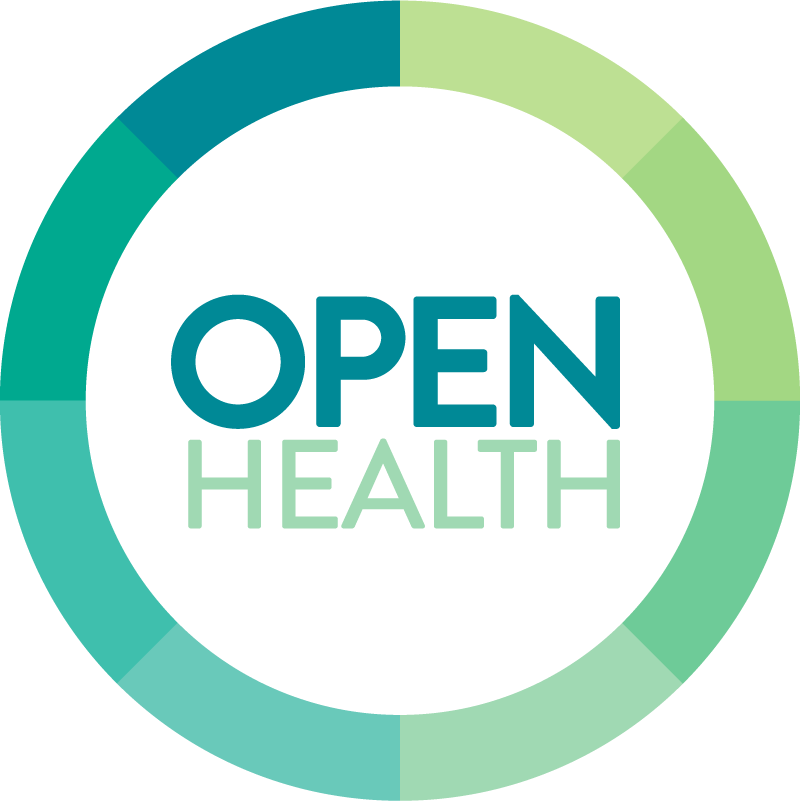Take 5 tO THRIVE
Working under the COVID-19 Stay at Home Order may feel overwhelming. It is vital that you check-in with yourself and assess your own needs.
Take 5 to Thrive.
Take care of yourself. When we become overwhelmed and stressed, it’s easy to forget about ourselves. We cannot function our best when we aren’t prioritizing our basic needs. Ensure that your most basic needs are met. Eat healthy meals. Make sleep a priority. Take your medications. Take restroom breaks. Have a plan for your children, pets, and family to receive the care that they need while you are away. Let your supervisor know if you feel overwhelmed and need a break. Keep your mind and body in good condition by taking care of yourself the same way you would take care of your favorite person
Take YOUR time. When anxious and in a crisis, we may feel rushed. Mistakes are easily made when we operate in haste. Slow down. When your feelings get intense, stop what you’re doing and take a few deep breaths. Even if only for a minute. Feel your feet on the ground. Take in your surroundings using all five senses. What do you see? Hear? Smell? Taste? Feel? Take note that most times, there is no imminent physical threat. Your thoughts make you feel anxious. This grounding technique reminds your body that you are safe and helps reduce feelings of anxiety. Deep breathing exercises and meditation can also help bring things back into focus for you. There are apps and YouTube videos (as short as 60 seconds) that can help guide you.
Take back your routines. Ensuring the safety of our family and the Stay at Home order has made our normal routines a distant memory. Routines help us feel in control and keep us anchored. Therefore, it is important that we try to keep some of our normal routines in place. Continue with your same grooming habits in the morning: brush your teeth and have a cup of tea. Workout at home instead of the gym. Facetime or have a zoom meeting with the friend or family member that you normally visit on weekends. Even if it’s for a shorter time, at a different time, or done in a different way, maintain some sense of normalcy.
Take time for things that you enjoy. In times like these, it is easy to overindulge in the news. Set boundaries! Limit talk about COVID-19. Say that you would prefer to talk about something else and limit time on social media. Get the information that you need to keep you and your family safe and spend your time doing things that you enjoy. Make time for your favorite television show. Read a book. Play a card game or board game. Keep up with your gardening. This is also a time to explore new hobbies. Write some poetry or the first chapter of your book. Try Tik Tok.
Take advantage of available support. In the helping profession, we tend to forget that we can and should reach out for help when we need it as well. When we are feeling stressed, it can be easy to overindulge in vices: gambling, tobacco, caffeine, alcohol, and food. Don’t be a victim of the Quarantine 15 (extra pounds). This will ultimately hurt you more than it temporarily helps. Contact your trusted friends, family, and loved ones to discuss how you feel. Inquire if they are feeling the same way. Why or why not? Have self-compassion and forgive yourself. Remember that this is hard, and you are doing the best that you can in uncharted territory. Counseling and support are also available virtually. There is also the National Suicide Prevention Hotline number, 800-273-8255, where trained counselors are available 24/7. All calls are confidential.
OHCC Behavioral Health Team





